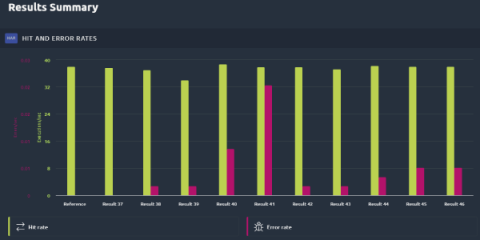Volumes: High IOPS and Low Latency NVMe SSDs Public Preview
It’s the final day of Koyeb's Launch Week Round 2, and today we’re announcing the public preview of Volumes! Volumes on Koyeb are blazing-fast NVMe SSD you can use to persist data across deployments. After announcing Volumes in technical preview a few months ago, we are now opening the preview to all users on the Starter plan! Offering high throughput and low latency, Volumes open the door to a wide range of new workloads and use cases to handle the state of your applications.











